



navajo sand painting. The Navajo refer to themselves as Dine (Dee-Nay), which means "the people." They are the largest tribe in the United States. Their land, which is called Dinetah, encompasses parts of Arizona, New Mexico, Colorado, and Utah.
In Navajo mythology, each of the four cardinal directions is represented by a different color: white for the east, blue for the south, yellow for the west, and black for the north. Navajo artists use these four colors in the creation of sand paintings, which were traditionally made by shamans as a part of healing ceremonies. When the ceremony was finished, the painting was destroyed.
For Navaho artists, the technique of making sand paintings involves trickling powdered minerals such as ocher and gypsum into symmetrical patterns on clean sand. For this home activity, tempera paints or food coloring will provide all the color you need.
1. Mix up several batches of colored sand. To do this, pour about a handful of sand in each of your containers. Then add a different color tempera to each container. For a richer color, add more tempera. (Note: if you are using food coloring instead of tempera, you will need to spread the sand out to dry before you begin your painting.)
2. Draw a simple picture on construction paper. Landscapes or seascapes work especially well.
3. When you have finished, use a Popsicle stick to spread a thin layer of watered-down glue over your drawing. Then decide where you want to put each different color.
4. Working on one part of your drawing at a time, use a spoon to sprinkle the colored sand on the paper. After each color has been added, lift the paper up and gently shake the excess sand onto a plastic or styrofoam tray to use again. Keep doing this until the picture is complete.
5. After your sand painting has dried, you can seal it by spraying it with a mixture of glue (80%) and water (20%).
source : http://www.eduplace.com/hac/arts/sandpainting.html

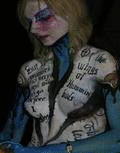
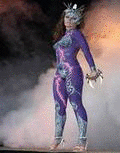
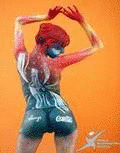
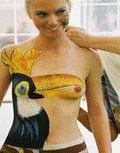
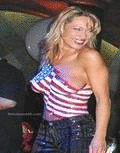
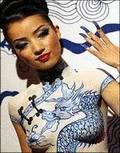
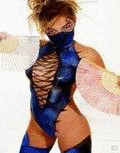
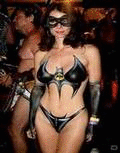
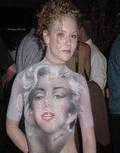
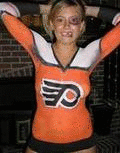
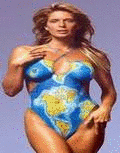




No comments:
Post a Comment